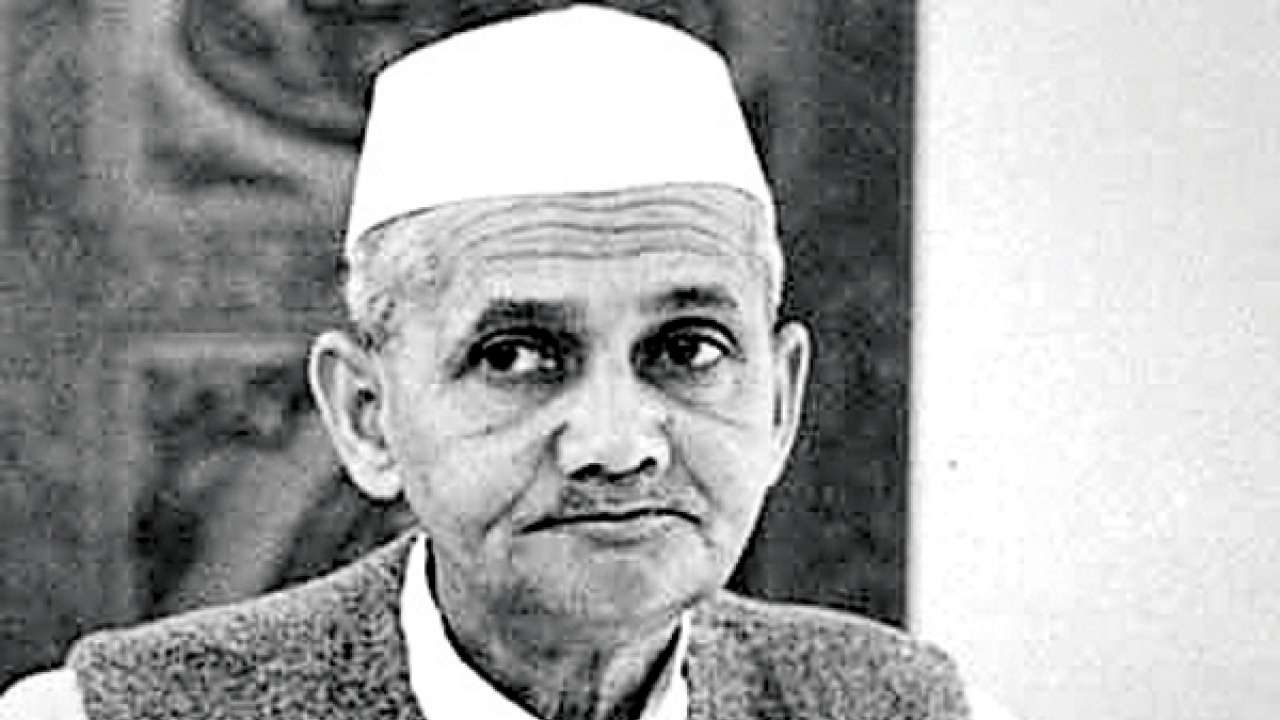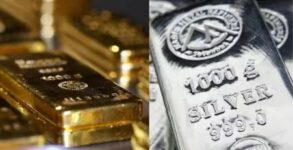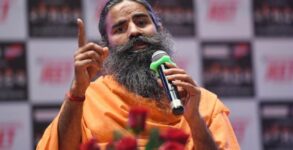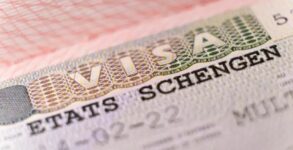Lal Bahadur Shastri death anniversary: On January 11, we commemorate the passing of the second Prime Minister of India, who died in 1966 in Tashkent, Uzbekistan. Over the course of more than three decades of service, he earned a reputation as a man of the highest integrity and ability. He possessed enormous inner strength, was modest, and tolerant. He understood the language of the people and had a vision for the country’s growth.
Death anniversary of Lal Bahadur Shastri: Early life history
Lal Bahadur Shastri was born in Mughalsarai on 2 October 1904 to father Sharada Prasad Srivastava, a clerk at the Allahabad revenue office, and mother Ramadulari Devi. The date of his birth coincides with the birthday of Mahatma Gandhi.
Life of Lal Bahadur Shastri: 10 intriguing facts
He attended Harish Chandra High School and East Central Railway, an inter-college, before leaving to join the non-cooperation movement. On May 16, 1928, he tied the knot with Lalita Devi.
As a child, Lal Bahadur would travel many miles to school barefoot, despite the scorching summer temperatures. Known affectionately as “Nanhe” at home, he used to cross the Ganga River with a bag and cloth on his head in his youth.
Lal Bahadur enrolled at the Varanasi Kashi Vidyapeeth. As a result of his academic success in the Vidyapeeth, he was given the title Shastri.
When Shastri was the Minister of Police and Transport in Uttar Pradesh, he employed water jets instead of lathi charge to disperse crowds. During his administration, the decision was made to hire women as conductors.
Lal Bahadur Shastri sponsored the Green Revolution to increase the nation’s food output. He was instrumental in the White Revolution, which made India self-sufficient in milk production. In 1965, he established the National Dairy Development Board.
He resigned from his position as Minister of Railways after accepting moral responsibility for an accident that claimed several lives.
In addition, Shastri served as Home Minister from 1961 to 1963. During this term, he established the first anti-corruption committee.
There is a well-known tale of his anger after his son received a promotion at work. Then, Shastri issued a directive to rescind his son’s elevation.
He led the nation throughout the 1965 Indo-Pakistan War. Following the battle, the nation endured a severe drought. Shastri asked the people of India to observe a day of fasting and coined the renowned slogan “Jai Jawan, Jai Kisan.”
Shastri had taken out a Rs 5,000 auto loan. His wife returned the money following his untimely death in Tashkent.
In 1966, Shastri was awarded the Bharat Ratna, India’s highest civilian honour. He was the first recipient to get recognition posthumously.
Lal Bahadur Shastri Death Mystery
Lal Bahadur Shastri died on 11 January 1966 in Tashkent, Uzbekistan (then part of the Soviet Union), one day after signing a peace pact with Pakistan to terminate the 1965 Indo-Pakistan War. There have been discussions about the causes of his death and conspiracy theories.

















